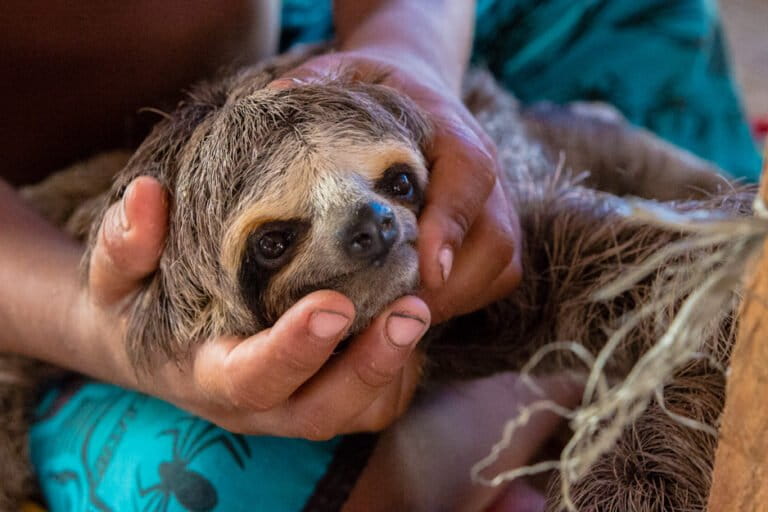- In an announcement on Oct. 29, the Chinese government said it would permit the controlled use of rhino horn and tiger bone, obtained from farmed rhinos and tigers, for medical purposes.
- China has since walked back the decision, postponing the implementation of the new regulations temporarily.
- Even with the ban restored for now, activists are concerned that the message about the acceptability of animal parts in traditional Chinese medicine lacks clarity, and say they hope the ban will be reinstated permanently.
China has backtracked on a recent decision to legalize the “controlled” use of rhino and tiger parts for cultural and medicinal use.
In an announcement on Oct. 29, the Chinese government said it would permit the use of rhino horn and tiger bone, obtained from farmed animals, for medical purposes, and the use of powdered forms of the products in traditional Chinese medicine by “qualified doctors” in “qualified hospitals.” Trade in rhino and tiger parts that qualified as “cultural relics” would also be allowed.
But the implementation of these regulations “has been postponed after study,” Ding Xuedong, deputy secretary-general of China’s State Council, the country’s highest goverining authority, said in an interview published in state media on Nov. 12.
China had previously banned the trade in tiger bone and rhino horn in 1993, removing both products from the list of medical ingredients in traditional Chinese medicine’s pharmacopoeia and curriculum. Despite the ban, illegal trade in parts of the two endangered species has continued in the country. The October circular relaxed some of these restrictions, prompting criticism from conservationists.
But even with the ban restored for now, activists remain worried.
“It’s critical that a clear message is sent about the acceptability of animal parts in Traditional Chinese Medicine,” Peter Knights, chief executive of WildAid, a U.S.-based nonprofit environmental group, said in a statement. “With effective alternatives available, opening the door to some uses only muddies the water, and puts every wild rhino and tiger in jeopardy. WildAid hopes the ban reversal will be canceled permanently but in the meantime, we are encouraged by the delay in implementation so that China can continue to assert its position as an environmental leader.”

Ding said the Chinese government’s stance on wildlife protection had not changed and the government would not ease back in its “crackdown on illegal trafficking and trade of rhinos, tigers and their byproducts and other criminal activities.” The country will also continue to “strictly ban” the import and export of rhinos, tigers and their products; sale, purchase and transport of rhinos, tigers and their parts; and the use of rhino horns and tiger bones in medicine, Ding added.
“WWF has long appreciated the Chinese government’s landmark 1993 ban of trade in tiger bone and rhino horn and acknowledges that the 1993 ban has been crucial in helping to protect these iconic species,” Margaret Kinnaird, wildlife practice leader at the WWF, said in a statement. “It is important to send a strong message that the value of wild populations of tigers and rhinos and their ecosystems is much greater than the value of their parts and horns.”
Banner image of white rhinoceros in Kenya by Rhett A. Butler/Mongabay.














